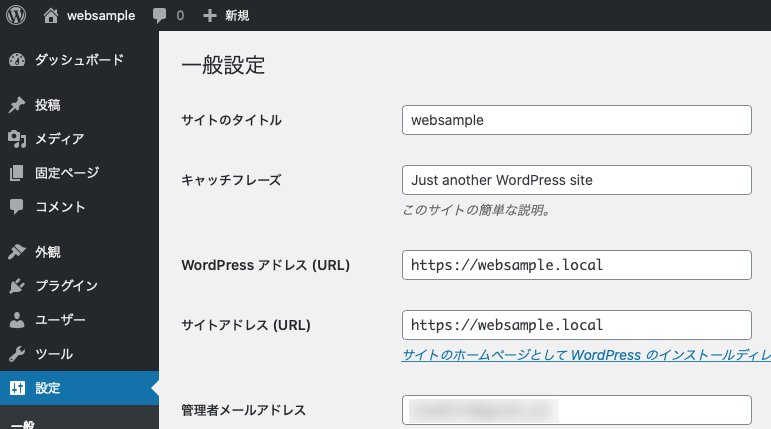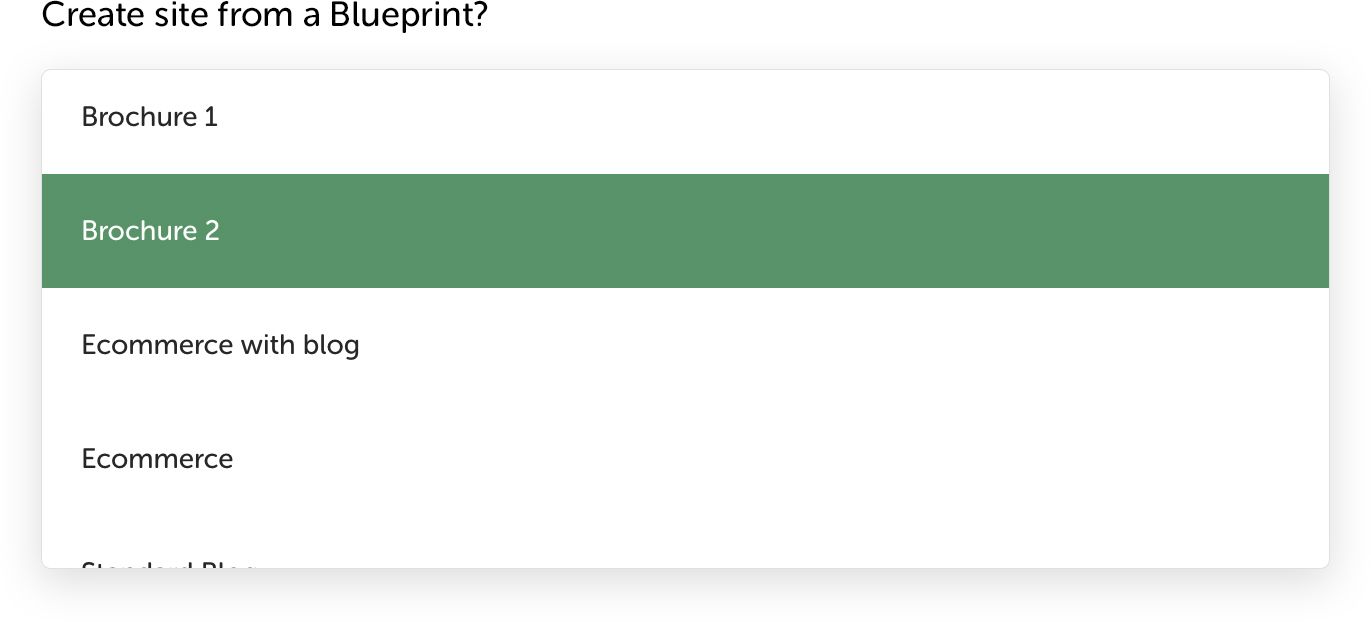
- #Local by flywheel ssl mac os#
- #Local by flywheel ssl full#
- #Local by flywheel ssl pro#
- #Local by flywheel ssl license#
#Local by flywheel ssl full#
The paid service also gives you access to expedited support response, assisted deployment to any web host, localhost SSL support, and full seamless WP-CLI integration, just to name a few things. With Desktop Server Premium, you’ll have unlimited site creation and management capabilities.
#Local by flywheel ssl license#
And once you’ve used the application enough to reach that limit, you should have a good idea of whether or not it’s worth it to pay $99 per year to license the software. However, you can still create as many sites as you want using Desktop Server Limited, but you can only manage three at a time.


This means that once you’ve created those three sites, before you spin up another installation of WordPress and start developing a new site, you’ll have to delete one of the others first. When starting off with the free version of Desktop Server, you’re limited to just three sites at any one time. More on the setup process can be found here. Just follow the prompts and provide the necessary information, such as your system password, when confirming administrative access for creating the virtual servers. Once it’s set up, creating a local dev site is fairly straightforward, and utilizes a similar wizard for the process. During installation, Desktop Server runs a wizard with simple instructions and some basic options for getting your virtual server up and running.
#Local by flywheel ssl mac os#
The company brand and the software they maintain is reminiscent of Microsoft, but rest assured, they do offer support for both the latest Mac OS and Windows platforms. The team at ServerPress launched Desktop Server about a decade ago so their product definitely has some longevity to it. We’ll explore the methods of deployment available, hosting options for production, and the unique features provided with both platforms.

There are good reasons to consider them both, so let’s take a look at some of the pros and cons.
#Local by flywheel ssl pro#
Both of these pieces of software must be downloaded and installed on your machine and they each have a free and Pro version available. Now, let’s consider the two local dev tools mentioned already, Local and Desktop Server, which are specific to WordPress. However, the premium version of Desktop Server has a DS-CLI tool, giving you command line access to your projects, and WP-CLI is fully integrated. With Local, in particular, you have to use their application to open the SSH container separately for each site, instead of directly executing commands in the working directory. Now, if you’re using WP-CLI in your daily workflow, you may not necessarily be a huge fan of these GUI oriented solutions for local development.

Fortunately, there are some great tools out there to help get a local development set up running in no time! It’s wise to make this practice a part of your approach, and iis an essential part of forming a productive and safe workflow as a developer. This helps reduce the risk of breaking the live site, while giving the developer a sandbox environment to test changes. Most consider it best practice to have a local copy of any production website available for testing and making changes. However, they each provide a unique feature set that is often geared toward UX, in regard to both the skill level and common workflow patterns of their users. There are classic local server tools like XAMMP and MAMP and some tools are more command-line-oriented, while others are web-based. Some are more of an integrated development environment (IDE) for testing and building websites or other software projects, others are more specific to the task of creating a website locally. In the world of web development, there are various tools that one can use for setting up a local virtual server.


 0 kommentar(er)
0 kommentar(er)
